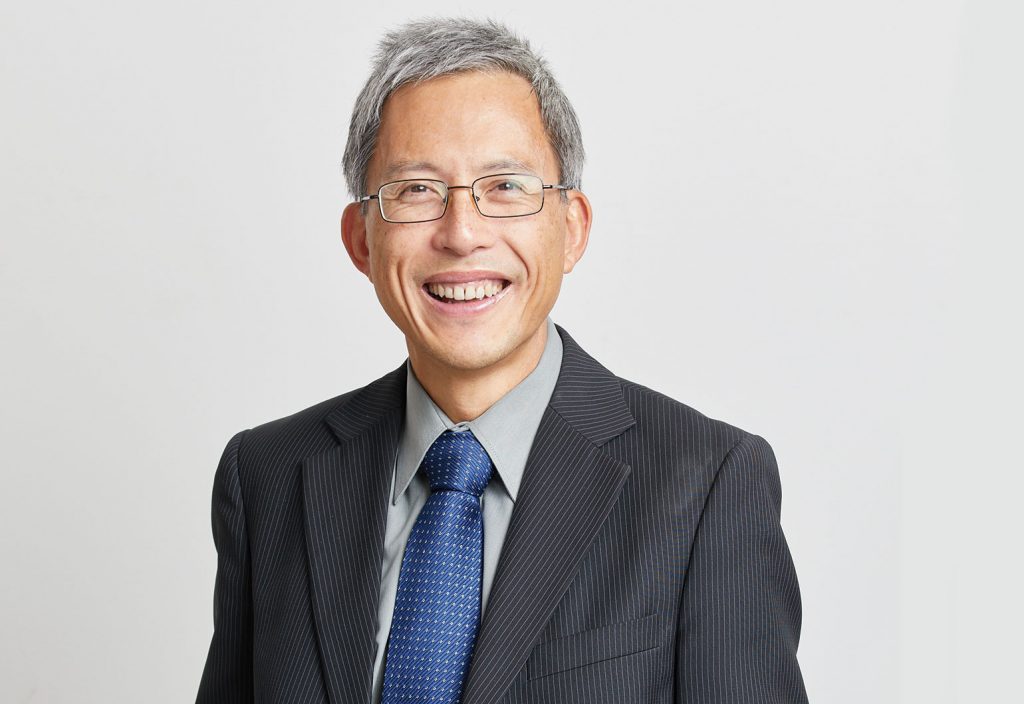Taking environmentally friendly hydrogen production to market was not easy, but this engineer wanted to make a difference.
Professor Hui Tong Chua believes he is the rare academic who can advise universities exactly how to commercialise their research. It is a lesson he has learned through long personal experience.
Chua is one of the engineers behind the catalytic methane cracking technology known as the Hazer Process. This is a method of producing hydrogen from natural gas and similar feedstocks that captures the resulting carbon as graphitic carbon rather than releasing it as carbon dioxide.
Chua began this process when he moved from Singapore to the University of Western Australia in 2004.
“I understood that the state of Western Australia is rich in gas and it’s an energy state,” he told create.
“[But] I did not think of exploiting it. Rather, I was thinking, as I came here, whether I could transform it into a clean energy.”
Chua was offered a job with Exxon straight out of university. But before his first day, he looked for a different path.
“Part of the reason why I really stuck with academia was because I believe more spiritually in clean energy, in doing things [that are] clean for the environment,” he said.
It took years for Chua and his team to perfect the process that would let them use iron oxide, a low-cost catalyst, to convert gas into hydrogen without emitting carbon.
“We could use a cheap catalyst that we could forego to convert natural gas and sequest the carbon … as graphitic carbon,” he said.
Chua chose that form for its stability at first, but it also proved to have environmental benefits.
The technology was initially spun out independently in 2010, but it wasn’t until 2015 that Hazer Group made it through the ups and downs involved with securing funding.
“A long five years in the valley of death,” Chua recalled. “That was a very tortuous road and fraught with peril and uncertainty and failure, but we managed to put it all together.”
With that newfound assurance from having achieved “something that is meaningful to the society”, Chua then sought to gain Chartered status with Engineers Australia.
“I believe that I should have an allegiance to our peak professional governing body of Australia,” he said.
He also thinks, as the now Head of the UWA Department of Chemical Engineering, that he has a responsibility to encourage his colleagues to gain the qualification.
“I believe in the motto of engineers training future engineers,” he said.
Hui Tong Chua’s top tips for success
- Be true to your heart and not your head. I would not have taken this career path if I’d followed my head.
- Join Engineers Australia to ensure you’re exposed to the broader engineering world.
- Engaging beyond the narrow focus of academia creates opportunities that are a lot more rewarding in the long run.
Interested in learning more about the Chartered credential? You may already have what it takes to become Chartered. Find out more here and start your pathway to Chartered today.
